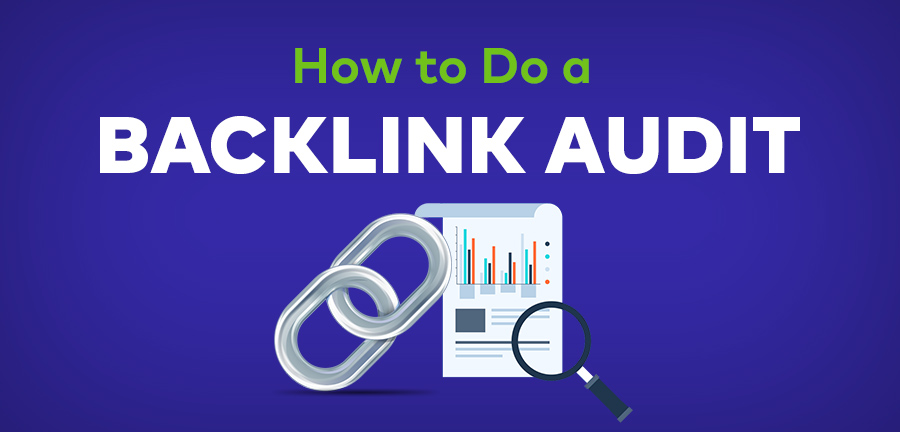Why Backlink Audits Matter
Backlink audits are crucial for maintaining the health and effectiveness of your website’s SEO strategy. They help you identify toxic backlinks that could harm your site’s reputation and search engine rankings. Following a thorough backlink audit guide, you can refine your backlink profile and enhance your site’s relevance, trustworthiness, and authority. If left unchecked, toxic backlinks can lead to severe penalties from search engines like Google, drastically lowering your site’s visibility in search results.
Ignoring regular backlink audits could be detrimental in the long run. As search engines constantly update their algorithms to weed out poor-quality content and links, a neglected backlink profile can drag your site down the rankings. Regular audits enable you to stay ahead of these updates, ensuring that your site remains compliant with the latest SEO practices and maintains a competitive edge.
Preparing for a Backlink Audit
Before diving into a backlink audit, it’s crucial to understand the basics and prepare adequately. Gathering all the necessary data on your website’s links and familiarizing yourself with the tools you’ll use is vital. Proper preparation will streamline the audit process and ensure you take all critical steps. Knowing what to look for and having the right tools can distinguish between superficial and comprehensive audits.
Start by collecting your website’s backlink data. You’ll need access to powerful SEO tools like Ahrefs, Moz, or SEMrush. These tools can provide you with a comprehensive list of your site’s inbound links, along with insights into their quality, domain authority, and relevance. This initial data collection is the cornerstone of your audit and will guide your subsequent steps.
Step-by-Step Guide to Backlink Audits
- Collect Your Backlink Data: Use SEO tools to gather data on all inbound links to your site. This data will form the foundation of your audit. Ensure you capture as much data as possible, including the anchor text used and the referring domains’ authority scores. The more detailed your data, the more effective your audit will be.
- Analyze Backlink Quality: Evaluate the quality of each backlink by considering factors such as domain authority, relevance, and link placement. Higher-quality backlinks can significantly boost your SEO score. Look for patterns in your data, such as multiple links from the same low-quality domain or backlinks with irrelevant anchor text. These patterns can be red flags indicating potential issues.
- Identify Toxic Backlinks: Use specific criteria to identify backlinks that could harm your site’s SEO. It includes links from spammy sites, irrelevant sites, or those with low domain authority. Toxic backlinks can undermine your credibility with search engines, leading to penalizations. Be thorough in your identification process; even a few toxic links can significantly impact your site’s performance.
- Disavow or Remove Toxic Backlinks: Reach out to webmasters to get toxic links removed or disavow them using Google’s Disavow Tool. Ensuring your backlink profile remains clean is crucial for long-term SEO health. Document your efforts to contact webmasters and maintain records of your disavowal requests as proof of your proactive steps to remove harmful links.
- Monitor Your Backlink Profile: Monitor your backlink profile to ensure its health and compliance with search engine guidelines. Regular monitoring can help you promptly address any new issues. Set up regular audits, at least quarterly, to ensure your backlink profile remains robust and compliant with evolving SEO standards.
Using Tools to Enhance Your Backlink Audit
Leveraging tools can significantly enhance the accuracy and efficiency of your backlink audits. Tools like Ahrefs and Moz provide comprehensive data to help you effectively identify and address backlink issues. These platforms offer insights into link quality, domain authority, and potential toxic links, making them invaluable for any backlink audit process. Tools with intuitive interfaces and robust data reporting can make your audit process smoother and more understandable, regardless of your expertise level.
Additionally, these tools often come with features like backlink tracking, alert systems for new backlinks, and comprehensive reporting tools. These features can save time and effort, allowing you to focus on strategic decision-making rather than manual data collection. These tools can provide ongoing insights, helping you refine your backlink profile and stay ahead of SEO challenges.
Common Backlink Issues and How to Fix Them
Common issues during backlink audits include spammy links, broken links, and irrelevant outbound links. Fixing these issues involves contacting webmasters, disavowing harmful links, and regularly updating your content to maintain relevance. Addressing these issues promptly can improve search engine rankings and website health. Spammy links, for instance, can be identified by their low domain authority or irrelevant content, while broken links are often due to sites being taken down or URLs changing without redirects.
Irrelevant outbound links are another common issue—links that don’t match the context of your content. These can dilute your content’s relevance and confuse search engines about your site’s focus. Conducting a thorough audit and addressing these issues ensures your link profile remains relevant and authoritative. Solutions can include:
- Updating or removing outdated links.
- Replacing broken links with current and relevant alternatives.
- Continually refining your link-building strategy to avoid future issues.
Ongoing Backlink Management
Effective backlink management continues after an audit. Continuous monitoring and proactive strategies are essential for maintaining a healthy backlink profile. Regularly checking for new links, assessing their quality, and promptly addressing any issues will help maintain your site’s SEO health. This ongoing management ensures your site complies with search engine guidelines and maximizes visibility. Implementing a routine check every month or quarter can help you avoid potential problems and adapt quickly to changes in your backlink profile or shifts in SEO best practices.
Proactive strategies also involve continually acquiring high-quality backlinks to strengthen your profile. Engaging in guest posting, producing shareable content, and building relationships within your industry can help you attract authoritative links. This proactive approach and regular monitoring form a comprehensive backlink management strategy that keeps your site resilient and competitive in the ever-evolving digital landscape.
Conclusion and Takeaways
In summary, conducting regular backlink audits is vital for maintaining and enhancing your website’s SEO. By preparing adequately, utilizing the right tools, and addressing common issues, you can ensure your backlink profile remains strong. Ongoing management and proactive strategies are key to long-term success in the ever-evolving world of SEO. Continuous education and adaptation must be addressed as search engine algorithms and best practices are always evolving.



